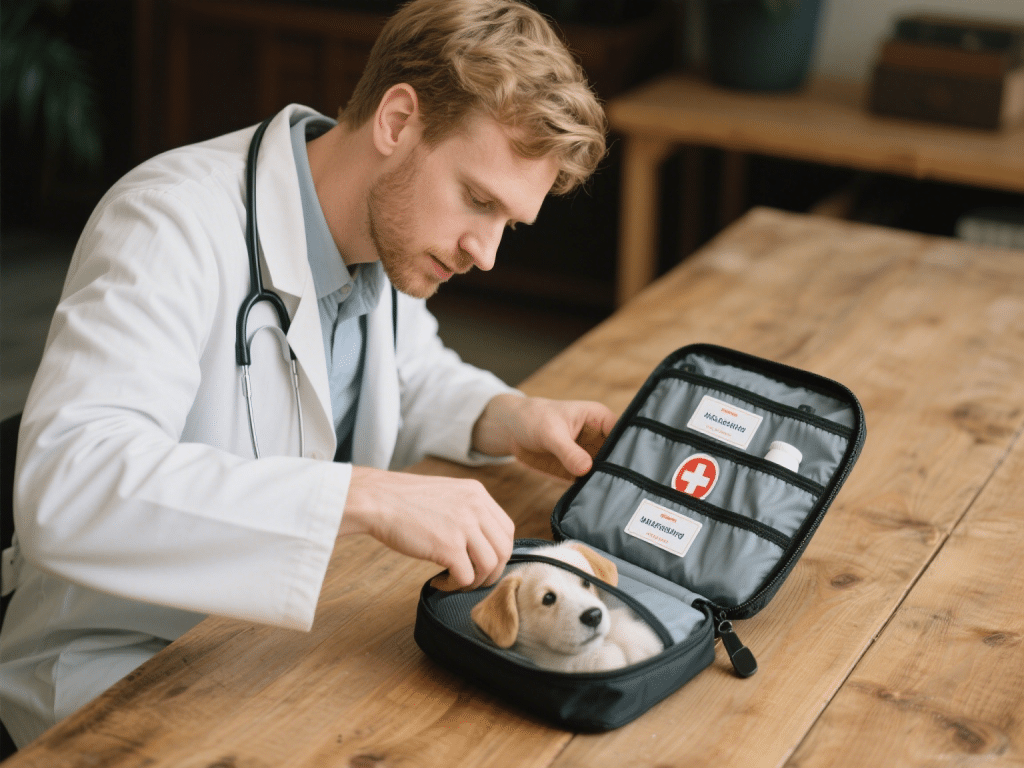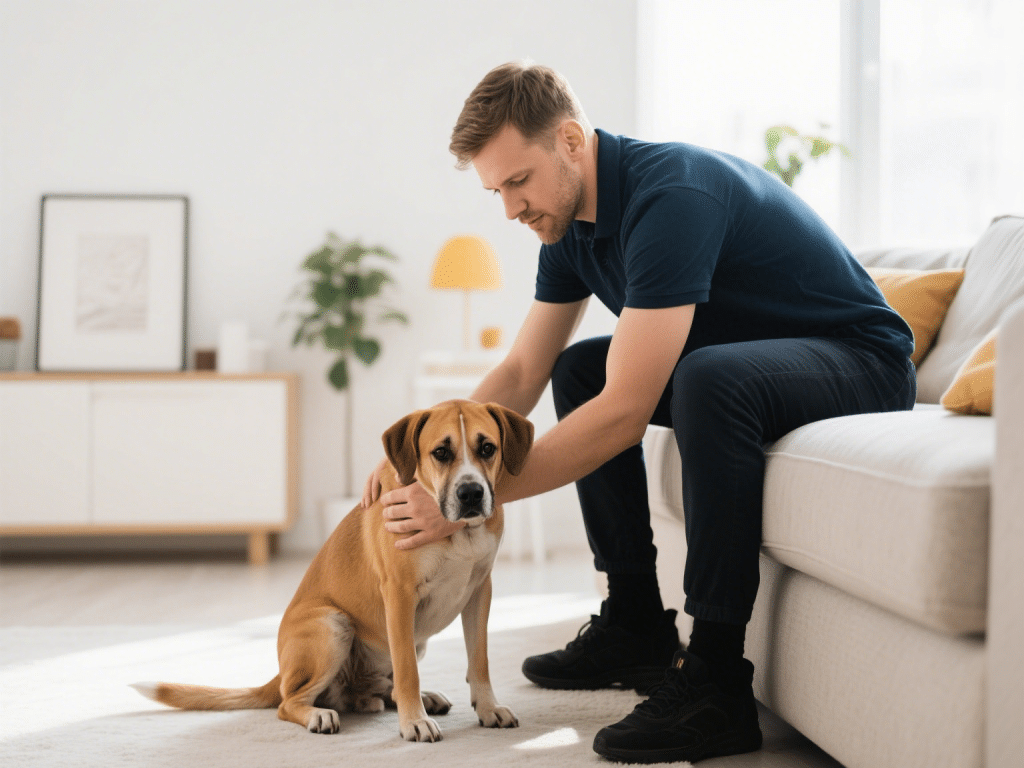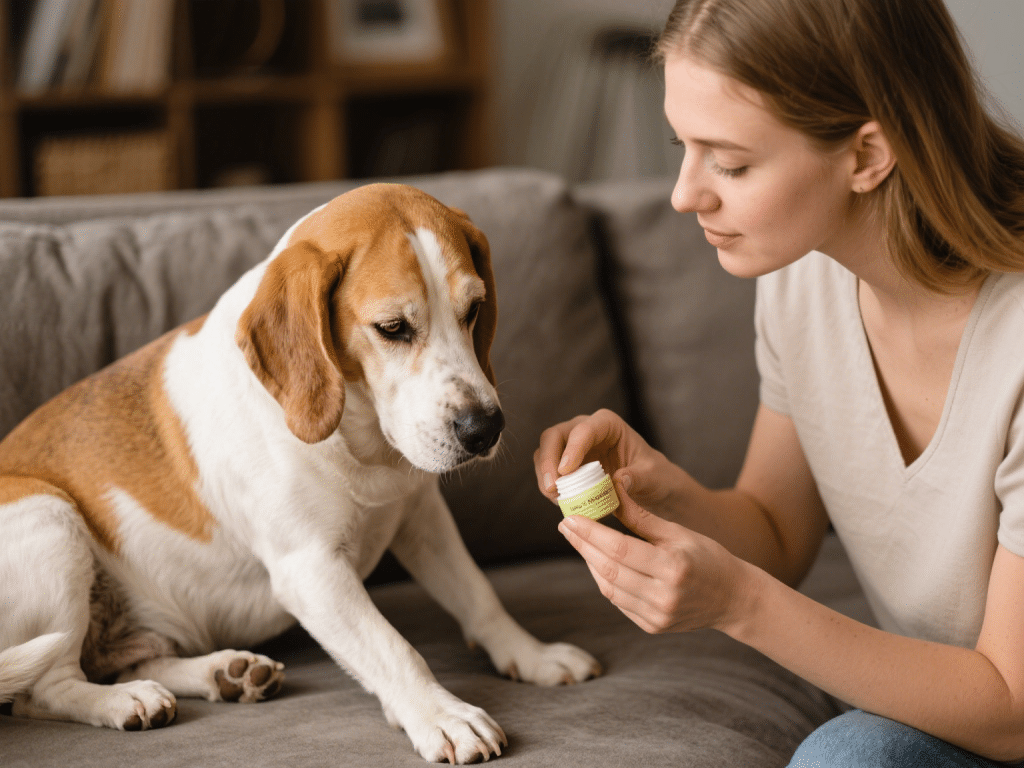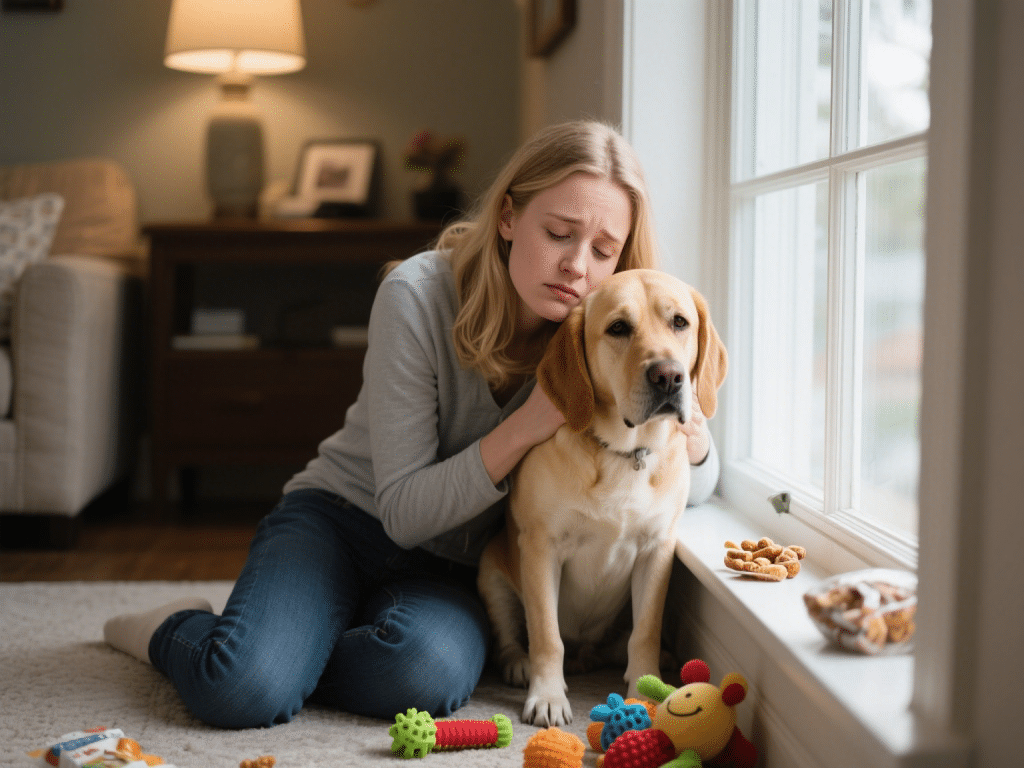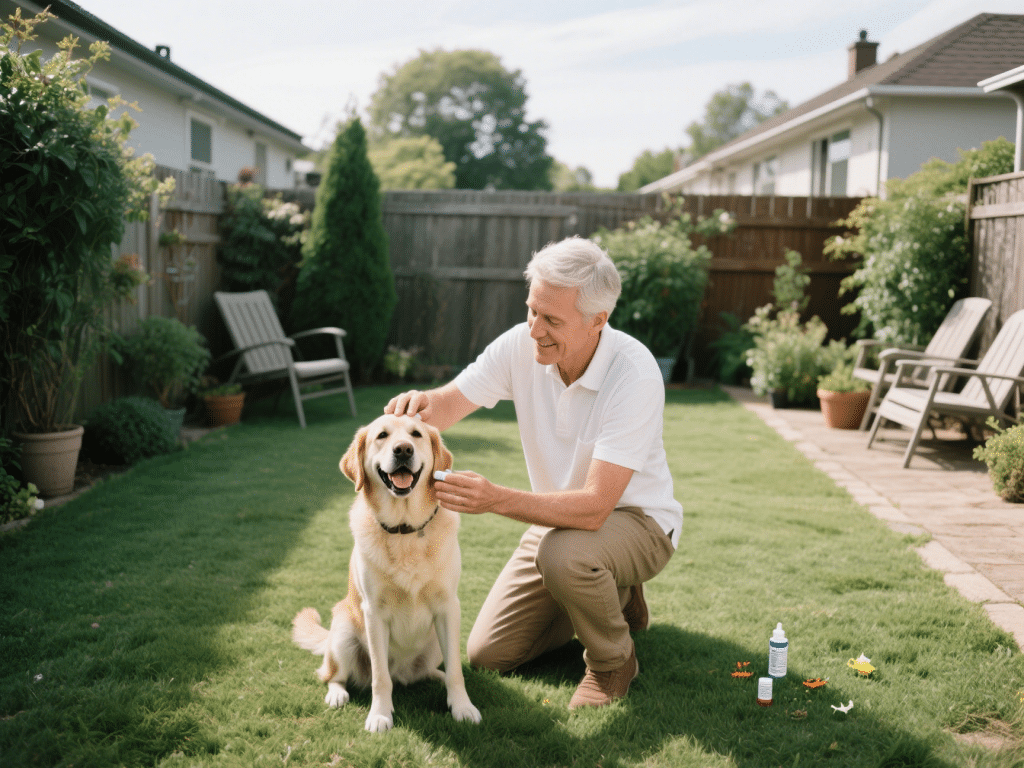
Tugging, lunging, and constant corrections can make daily walks feel like tug-of-war. But with the right loose leash dog training techniques, you and your dog can enjoy peaceful, stress-free strolls. Drawing from my decade as a certified professional dog trainer, here are structured steps—combining positive reinforcement and clear communication—that transform leash pulling into polite, heel-style walking.
1. Choose the Right Equipment
A well-fitting harness or front-clip harness gives you control without choking. Avoid retractable leashes; a fixed 4–6 foot leash keeps your dog close and fosters better communication. A sturdy, comfortable handle lets you guide gently, while a secure collar prevents slip-outs.
2. Teach “Let’s Go” or “Walk” Cue
Start in a low-distraction environment—like indoors or a quiet yard. Hold a high-value treat by your thigh and use the cue “Let’s go.” As your dog follows to maintain focus, mark movement with a clicker or “Yes!” and reward with a treat at your hip. Repeat, taking one step at a time, until your dog learns that moving beside you earns rewards. Gradually increase steps and vary directions.
3. Stop and Start for Pulling
When your dog pulls ahead, freeze immediately. Stand still and don’t reward forward motion. Wait until the leash relaxes—indicating your dog’s attention—and then proceed with the “Let’s go” cue. This clear pause-and-play game teaches that pulling halts progress, while loose-leash walking secures movement.
4. Reward Proximity and Attention
Carry treats in small, frequent doses. When your dog checks in by glancing at you or walking with slack on the leash, mark with a click or “Good!” and treat. Eye contact and proximity become more rewarding than forging ahead. Over time, you can phase out food rewards, replacing them with praise or a favorite toy.
5. Introduce Distractions Gradually
Once your dog excels indoors, move to increasingly challenging areas—quiet streets, local parks, then busier sidewalks. In each new setting, maintain short sessions (5–10 minutes), ramping up duration as focus improves. If distractions derail walking, return to the previous level of difficulty and rebuild confidence.
6. Incorporate Turns and Changes of Pace
Keep walks engaging by altering direction, speed, and stops. Sudden turns encourage your dog to watch you closely, reinforcing attention. Mix fast-paced trotting with leisurely strolls. This variation prevents boredom, refocuses attention, and strengthens the loose leash habit in real-world scenarios.
Wrap-Up:
Consistency and patience are your allies. With the right gear, clear cues, and positive reinforcement, loose-leash walking evolves from a dream into an everyday reality. Soon, you’ll savor calm, pleasurable adventures with your canine companion—no more dragging or frustration, just companionship in motion.



